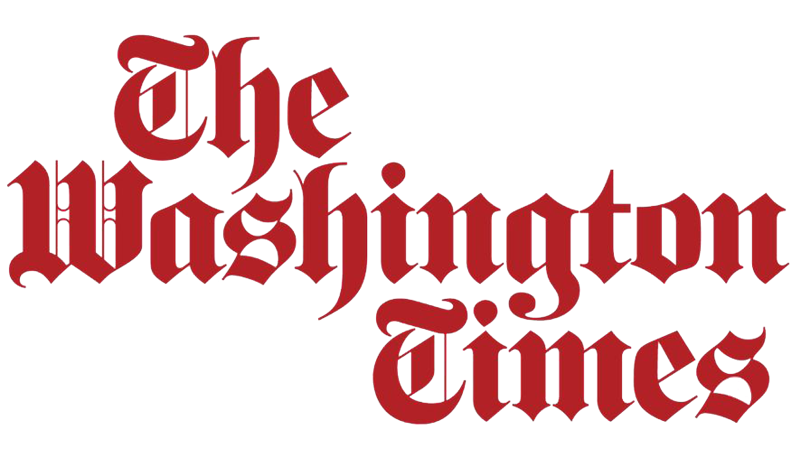

By Stephen Dinan - The Washington Times
The federal government has made nearly $3 trillion in “improper” payments over the past two decades, including a quarter-trillion in bogus payments last year alone, according to a new report Tuesday.
OpenTheBooks.com, a watchdog group, tracked the government’s reports dating back to 2004 and tallied up the damage, adjusting for inflation. They found that things grew worse during the pandemic, with massive rates of improper payments in 2021 and 2022, but it’s been a persistent problem for years.
Health and Human Services was the worst agency, with Medicaid accounting for $80.5 billion in bogus payments and Medicare tallying another $46.3 billion last year.
The Small Business Administration’s pandemic-era Paycheck Protection Program also sapped $29 billion in wrongful spending last year, while another pandemic program, the COVID Economic Injury Disaster Loan, saw $6.9 billion in bogus payments, the report said.
Improper payments are, to put it bluntly, checks that shouldn’t have been sent.
Often it means fraud, sometimes it means payments that didn’t go through the right procedures, and other times it means a check that was cut for too much, or even too little. In every instance, it was a mistake.
Open the Books said some years are worse than others.
“While President Obama may have spent in huge quantities, he also made a good-faith effort at careful accounting. After signing both an executive order and legislation, our research shows improper payments did in fact trend downward on his watch,” said Open the Books CEO Adam Andrzejewski.
“Unfortunately, they rebounded again during the Trump administration and have peaked during President Biden’s first year in office,” he said.
He added: “The ever-growing tally of mistakes couldn’t come at a worse time: The Biden administration is spending vast amounts on the green agenda while agencies forgive themselves for untold COVID relief errors and fraud.”
Open the Books said the nearly $3 trillion calculation is probably a lowball estimate, and it certainly undersells the level of bogus payments during the pandemic, when the government eased rules to expand agencies’ flexibility in spending and fraudsters bilked the government for tens of billions of dollars.
The report comes just hours after the Labor Department’s inspector general dinged that agency for failing to come up with improper payment plans for the hundreds of billions of dollars in enhanced unemployment insurance (UI) benefits that Congress doled out during the pandemic.
In its response, the Labor Department said there are “strong public policy reasons” for the large amount of misspending within unemployment benefits.
“They promote the effectiveness of the critical UI safety net by getting benefit payments to eligible unemployed individuals for whom suitable work is not available during periods between jobs,” wrote Kevin L. Brown, Labor’s deputy chief financial officer.
Open the Books said once the money is out the door, the government often struggles to get it back.
While the SBA identified more than $37 billion in improper payments it identified less than $1 billion for recovery efforts, and only clawed back just $270,000, according to the report.
Government-wide, Open the Books said agencies recaptured just 9% of improper payments.
Agencies are quick to stress that an improper payment isn’t necessarily a fraudulent one.
It’s difficult for the government to affirmatively label a payment as fraud. That requires a judicial finding, according to the Office of Management and Budget.
Just $4.4 billion of the $247 billion in bogus payments last year were tallied as fraud.